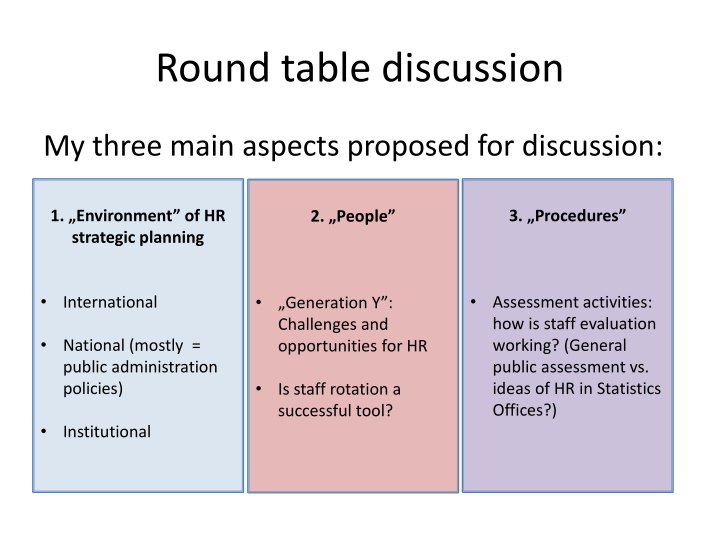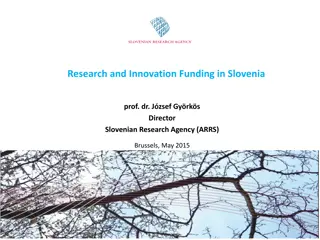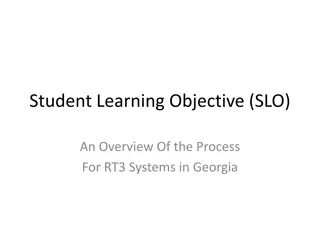
Strategic HR Planning and Generation Y Challenges in Public Administration
Explore the significance of HR strategic planning in the international and national context, along with the implications of Generation Y traits on HR practices in public administration. Delve into staff evaluation methods, the impact of institutional culture, and the evolving demands of younger generations in the workforce.
Download Presentation

Please find below an Image/Link to download the presentation.
The content on the website is provided AS IS for your information and personal use only. It may not be sold, licensed, or shared on other websites without obtaining consent from the author. If you encounter any issues during the download, it is possible that the publisher has removed the file from their server.
You are allowed to download the files provided on this website for personal or commercial use, subject to the condition that they are used lawfully. All files are the property of their respective owners.
The content on the website is provided AS IS for your information and personal use only. It may not be sold, licensed, or shared on other websites without obtaining consent from the author.
E N D
Presentation Transcript
Round table discussion My three main aspects proposed for discussion: 1. Environment of HR strategic planning 3. Procedures 2. People International Assessment activities: how is staff evaluation working? (General public assessment vs. ideas of HR in Statistics Offices?) Generation Y : Challenges and opportunities for HR National (mostly = public administration policies) Is staff rotation a successful tool? Institutional
1. Environment of HR strategic planning International Importance of HR management is an emerging issue (perform better, be more up-to-date, align competencies to demands while the organisation shall consume less resources). IT development is opening new doors for supporting the HR activity. Process based approach, need to facilitate the reuse and sharing of methods, components, processes and data repositories, standardise Free up resources for new developments by harmonising our knowledge based on international standards and aligning technologies and methods. National Opportunities for individual actions are rather limited in a very centrally managed (and financed) public administration. The level of policy centralisation determines the majority of tools and possible actions. Public administration development programs (like the Magyary-Program in Hungary) influence all bodies while statistics office s needs may be sometimes different (institution s professional independence) Less space for differentiating in promotion, remuneration or other motivation tools. Institutional Internal expectations are usually aligned to an office-wide strategy, HR needs to serve the goals. Committed leadership is a key Usually the resource limitations are strong, there are no soft boundaries, real chances for negotiation on numbers are low. Age (and educational) composition of staff is an essential point of further planning Is there a special committment, culture or folklore among staff that has an effect throughout the organisation? (Is it hip to be statistician?)
2. People The Generation Y issue I am a Generation X member, born in 1975. What is important to me? For example: today, on the 21st October 2015 Marty McFly goes Back To The Future Hill Valley, CA
2. People The Generation Y issue and what is important to a GenerationY member today? * Who are they? Born between ~1980-1999, the first generation heavily using computers and groving up discovering the internet, social media etc. What are their usual properties and what do they want? Mobility, IT experience, respecting the environment and nature, motivation, the demand for feedback in their work, direct relation between performance and rewards, straight communication. They want to feel well at their place of work, they are ready to switch easily if they get better offers, a balance of work and private life is a must, but often they are stamped as carreerists and they need a boss they can look up to! In HCSO their annual turnover number is increasing, while in other generations the staff is more stabile. An e-questionnaire was sent out for employees under 35 (124 answers) + exit interviews with GenerationY people, leaving HCSO. The main factors, important for them are: 1. balance of work and private life 2.-3.-4. Stability, good personal relations with staff and boss 5. Challenging tasks 6. opportunity for development and training 7. Good salary (BUT better salary is a main reason for leaving to a better place) however, it would be most important for them to receive additional remuneration for additional achievements, and acknowledgement from their boss. Their most wanted services would be: Flexible working hours, working from home on some days, a more ergonomic workplace, a place to relax or do some sports in the office *a research carried out in HCSO by G bor Csutor s, Head of the HR section
2. People The staff rotation issue Good Maybe No way 56 the most flexible group of our employees say, that it is: 51 17 and the more satisfying work they have, rotation plays the less role in their expectations. Staff rotation has a very ambivalent judgement on both employee and management side. *a research carried out in HCSO by G bor Csutor s, Head of the HR section
3. Procedures Concerning HR there are centrally managed assessment rules in public administration Are we able to define what we specifically want to assess in individual performance? How different are statistics offices? What tools does HR managament offer and how do we live with that? - Can we make managers interested? - Can we make our employees interested? - Do managers get / need feedback on their own work (180 degree assessment) ? - - -



